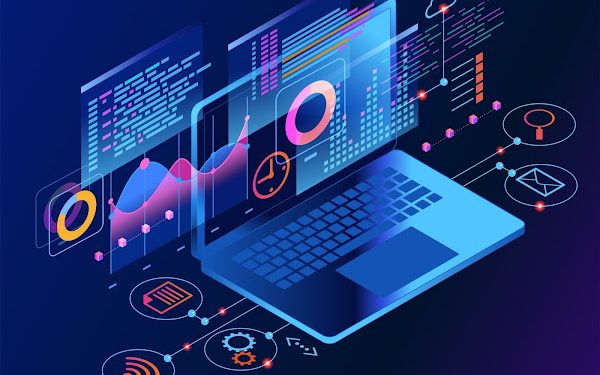Managing the Internet of Things is similar to maintaining an ant colony. Each device in a network, like an ant, has a mission, and in many situations, those devices are numerous.
When controlling devices that conduct actions and data reporting in mission-critical applications, connected device management is necessary. Such systems must be monitored for security and availability, as well as patched and enhanced. To allow administrators to perform these responsibilities, Internet of Things deployments must be paired with IoT device manager software.
An administrator must be able to access a device that has gone offline in order to diagnose it. This is only one example, but it is important. The offline gadget may be thousands of kilometers away, within a large industrial tank, or atop a light post. It might be just as vital as a gadget deployed in a data centre down the hall.
The fundamental requirements of IoT device management can be divided into five categories:
Onboarding
To become a part of the Internet of Things, a gadget must first be correctly linked to the internet. The onboarding step of IoT device management comprises authentication and provisioning. Authentication entails evaluating each proposed device’s credentials and rejecting those that do not fulfil authentication rules. During authentication, the device establishes a secure connection with the IoT system or platform and receives additional configuration data if its credentials are legitimate. The total process of registering the device into the system is referred to as provisioning.
Effective provisioning is not just crucial for new enterprises looking to get up and running fast; it is also critical for expediting time to market on specific projects and ensuring that new devices do not expose the company to attack.
Configuration
Although most devices come with some amount of standard preconfiguration, these ‘factory settings’ are unlikely to be the best configurations for the business or the unique use case (such as the device’s deployment location or role). IoT device management must be capable of customising connected devices further to improve their performance inside the organization’s IoT ecosystem.
Maintenance
Even fully authorised and configured IoT devices may not remain correctly positioned for lengthy periods of time. New firmware upgrades might cause problems, new security vulnerabilities could be identified, or the scope of specific projects could simply change. IoT maintenance exists to guarantee that these field devices can be updated as needed to stay current and secure.
Diagnostics
IoT diagnostics, which go hand in hand with maintenance, allow enterprises to closely monitor their connected devices to decrease the risk of downtime, security failures, firmware issues, and so on. At the same time, good diagnostics provides businesses with the knowledge they need to do predictive maintenance, including sophisticated analytics and exposing crucial insights and fundamental causes before minor issues become major difficulties.
End-of-Life Management
Onboarding, configuration, maintenance, and diagnostics, when combined, are capable of sustaining and improving IoT devices over their full life cycle. But what happens when that useful life expires? When projects are completed or individual devices become obsolete, IoT device management is in charge of decommissioning devices in a safe and cost-effective manner. Replacement devices must frequently be ready to come in and take over for the retired ones. End-of-life management seeks to reduce the risks of data breaches, system unavailability, and security challenges caused by a momentarily compromised system.
Which Businesses Require an IoT Device Manager?
- Businesses can use IoT device management to link whole fleets of industrial equipment quickly, correctly, and with minimal effort. Detailed device monitoring allows you to analyse performance indicators and discover potential faults across all industrial sectors, allowing you to make configuration changes as needed.
- Organizations can simply arrange completely commercial device fleets hierarchically using IoT device management, depending on a variety of categories. Security needs, purpose, location, and other factors are among these groups. IoT device management also enables you to examine individual devices or take a broader view and take actions across a whole fleet.
- Consumer IoT devices have traditionally been more challenging to control. IoT device management enables effective governance of previously deployed devices in the field, allowing enterprises to issue updates and patches, as well as improve device functionality, without negatively affecting the user experience.
Conclusion
Users can use IoT device management software to track, monitor, and manage physical IoT devices. These solutions frequently enable users to remotely send software and firmware upgrades to devices. Furthermore, IoT device management software gives permissions and security features to guarantee that each device is secure. These solutions are primarily used by IT administrators, and some businesses may even hire an IoT administrator to monitor the performance, security, and general health of each connected item. IoT device management software may work alongside IoT analytics software, IoT security software, and IoT platforms, among other things.


